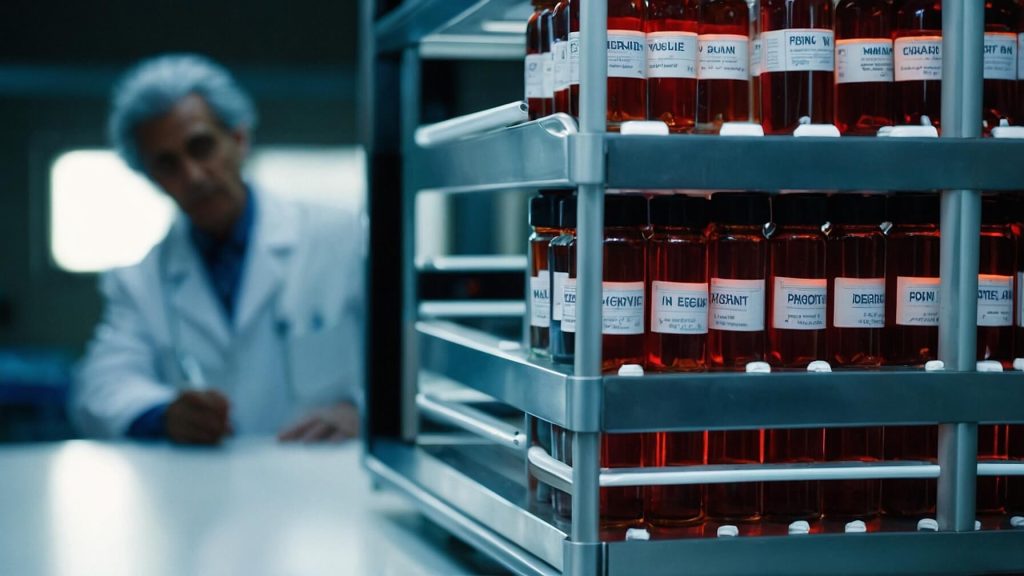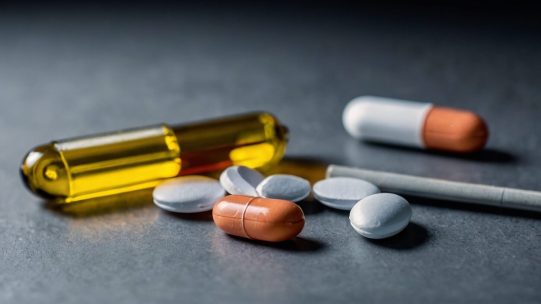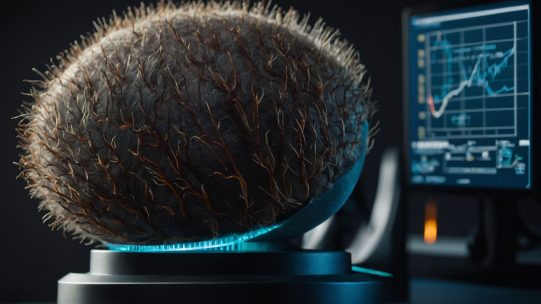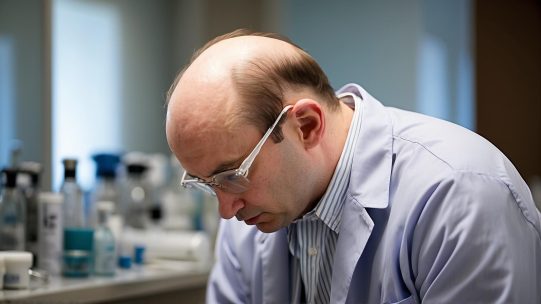Drugs that slow baldness can make hard blood vessels more elastic and help vital organs

Drugs that slow baldness and promote hair growth may also make stiff blood vessels more stretchable and improve blood flow to vital organs such as the brain, according to a study in an experimental model published online March 2 in the American Journal of Physiology-Heart and Circulatory Physiology.
Young, healthy arteries in humans and other mammals are easily stretched because they contain a protein called elastin. However, elastin is produced only during development and is gradually lost as we age. In older people, as elastin is lost, the arteries become stiffer. Stiff arteries contribute to hypertension and significantly increase the risk of sudden death, stroke, myocardial infarction, and cognitive decline. Most treatment strategies for adults are aimed at reducing hypertension. So far, no drugs have been shown to increase elastin deposition in mature human tissues.
We know that genetic diseases such as Williams-Buren syndrome (WS) and supravalvular aortic stenosis (SVAS) abnormally reduce elastin levels in developing arteries. As a result, children with WS and SVAS have stiffer and narrower arteries and higher blood pressure. Like older adults, they have an increased risk of sudden death and stroke,” says study co-author Michael “Mish” Shoichet, MD, PhD.
Our theory is that in WS and SVAS, small arteries without enough elastin reduce blood flow to vital organs. Therefore, for children with WS and SVAS, an adult-like treatment strategy of simply reducing hypertension may be less desirable because it would further impair organ perfusion. Therefore, we verified that the drug minoxidil not only lowers blood pressure, but also relaxes the arteries, increases their diameter and improves organ perfusion,” Dr. Shoichet adds.
Dr. Shoichet and study co-author Beth A. Kozel, MD, co-designed the study and directed the experiments at Washington University School of Medicine (WUSM). The study manuscript was finalized and published after Scheuchet joined Children’s National Health System.
Minoxidil is perhaps best known for its potential to improve hair growth when applied to the skin. Minoxidil is another drug that is sometimes prescribed orally for hypertension that has not responded to other medications. Previous studies have suggested that minoxidil may also increase elastin deposition in mature tissues.
In their study, they used experimental models of hypertension and chronic vascular stiffness associated with WS and SVAS. They used arterial spin-labeling based on ultrasound imaging and magnetic resonance imaging to measure the effects of minoxidil on vascular mechanics, carotid and cerebral blood flow, and gene expression.
The treatment group in this study received 20 mg minoxidil per kg of weight daily via drinking water from weaning until 3 months of age. The second group also received minoxidil for three months, but the analysis was performed at four months of age, one month after drug withdrawal. For gene expression experiments, preclinical models received minoxidil for two weeks.
Minoxidil not only reduced blood pressure, but also increased arterial diameter and restored carotid and cerebral blood flow. Minoxidil also decreased the functional stiffness of the arteries and increased their elastin content. Equally important, these favorable changes persisted for several weeks after withdrawal of the drug from the bloodstream. The sustained improvements and increased elastin gene expression suggest that minoxidil treatment may promote remodeling of stiff arteries. Such remodeling may be beneficial for people whose elastin deficiency is caused by old age or genetic diseases.
The researchers note that further clinical studies are needed to confirm end-organ blood flow changes in humans and to assess differences in blood flow in other major vascular beds affected by elastin deficiency, such as the heart, kidneys, lungs, and intestines.










Comment